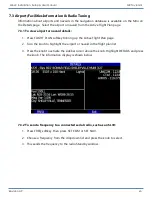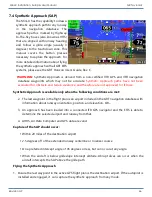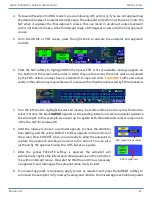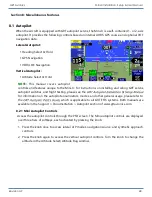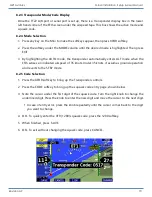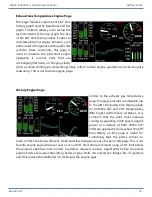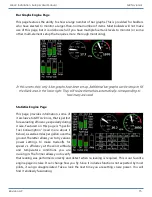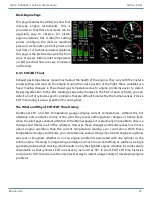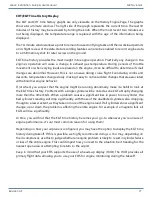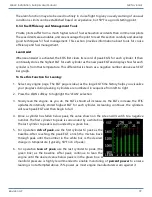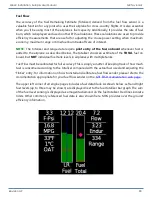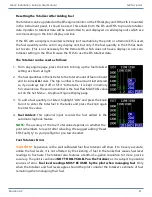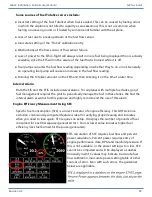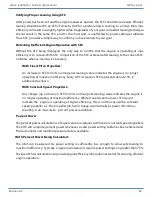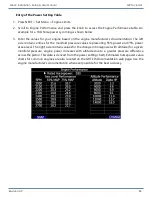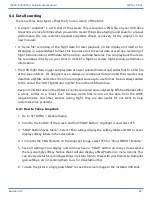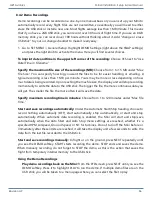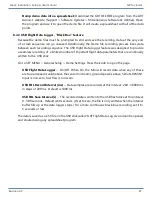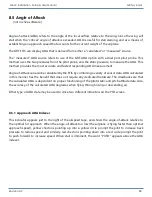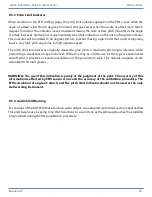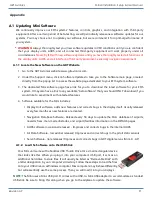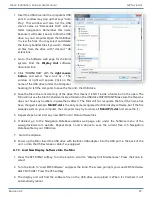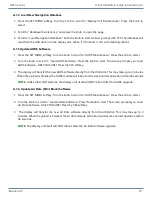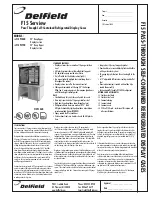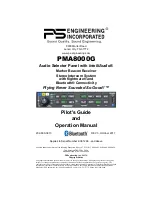
Mini-X Installation, Setup & User Manual GRT Avionics
Revision A9 78
In this screen shot, all EGTs changed abruptly about 1 minute ago. This was likely caused by pilot
action, such as leaning, but if no intentional changes to the engine were made, it could represent
the failure of a magneto. Note that the colors of the time history lines correspond to the same
colors on the bar graph, allowing you to identify the cylinder.
Cylinder head temperatures change much more slowly than EGTs, making them less useful for
examining engine operation. However, the CHT time history is useful for determining if pilot actions
to control CHTs are sufficient. For example, during a climb in hot weather, it’s not unusual for our
RV-6A to reach our personal limit of 425°. Often, we are first aware of this due to an alarm. Our
typical response is to lower the nose to climb at a higher airspeed and sometimes reduce power.
After we have taken this action, the CHT time history makes it easy to observe if this action has
stopped the increase. Note that we use a limit significantly below the manufacturer’s limit of 480°
to give us time to control the temperatures before they get close to the manufacturer’s limit.
EGT Increase and Decrease Alarms
In addition to the minimum and maximum values, these limits provide alerting when any EGT
changes by more than the specified amount. Separate limits are provided for increase and decrease.
This alarm is active only when the normalize function is active. Normalize is activated using the
“LEAN” softkey on any engine page. Typically, the normalize function is activated after leaning in
cruise flight, when EGTs are not expected to change much. The alarm can be reset by re-selecting
the normalize function.
Some problems, such as sticking valves, can be intermittent and difficult to isolate. This alarm is
ideal for alerting you when a known, but intermittent, problem is occurring. We have used this
function to determine which cylinder had a sticking valve and found it very useful. We used a
decrease limit of 20°. However, since that is such a tight limit, false alarms will likely occur when
flying in turbulence, where engine loads can fluctuate.


